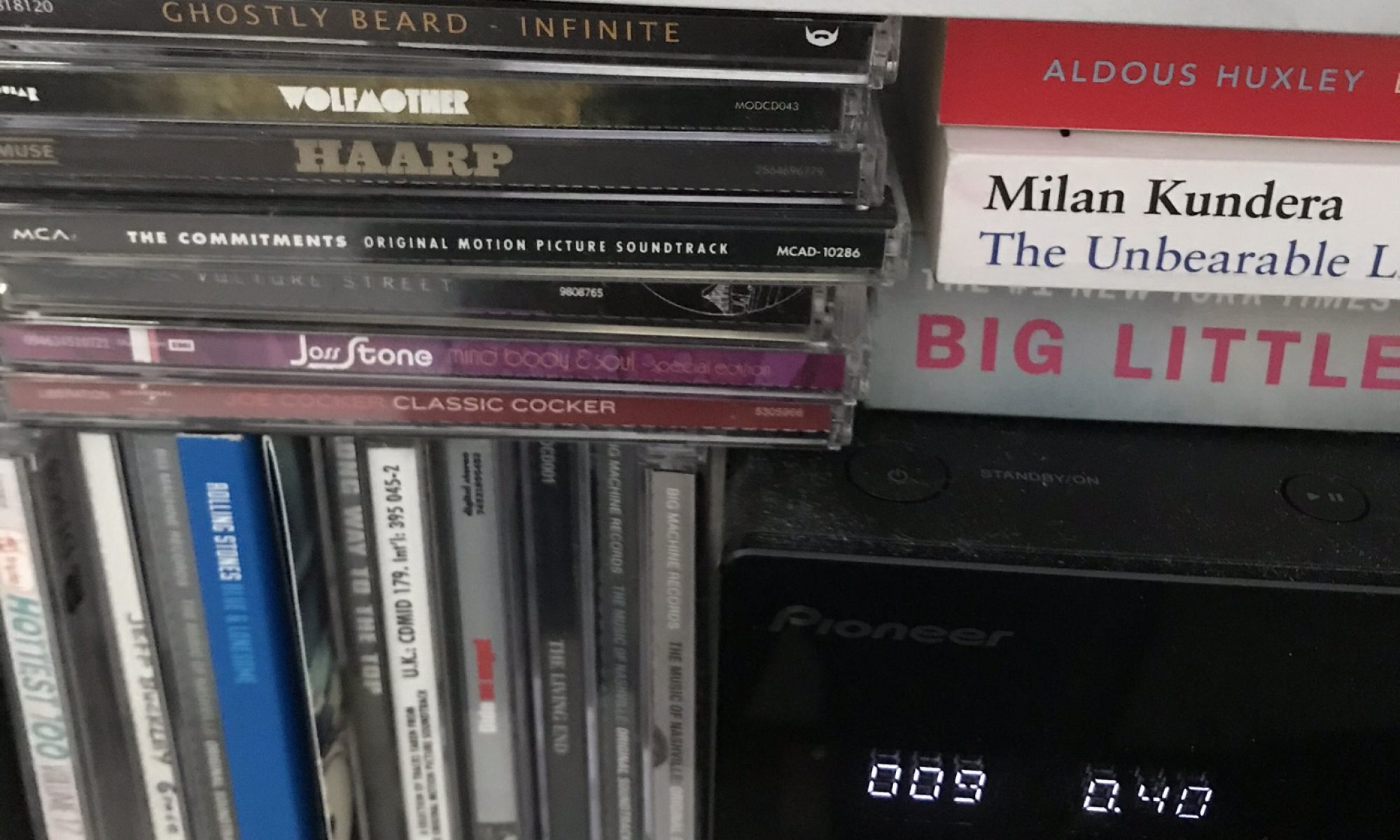Short-listed for the 2015 Stella Prize, Emily Bitto’s novel The Strays is a thoroughly enjoyable novel from a talented new writer. Set in the fascinating world of the Melbourne modern art scene of the 1930’s and 1940’s, most notably the talented artists and their supporters that congregated at Heide.
Heide in Bulleen, east of Melbourne, was the home of John and Sunday Reed, they famously opened their home to a group of artists including Albert Tucker, Joy Hester, and Sidney Nolan. Their collective contribution to Australian art in the 20th century is unsurpassed. But their story was about more than just art, it was about a way of life that stood in stark contrast with the staid, conservatism that prevailed in Melbourne society at the time. They were bohemian and lived a life free of the conventions of accepted morality. The larger than life characters and the almost soap opera-like goings on of the Heide Circle have developed into legend and have long been fodder for the imaginations of writers and other artists. Alex Miller’s 2011, Autumn Laing covered similar territory.
In The Strays, Bitto has changed the names and locations enough to make her story more of a pastiche of that world. The tale is told from the perspective of an observer on the fringe of the group, a young girl called Lily. Lily, the only daughter of a middle-class Melbourne family moves to a new school in Box Hill, which back then was on the semi-rural outskirts of Melbourne. It was the later part of the Depression, and her family had moved there so her father could find work. On her first day of school, Lily meets Eva Trentham, the middle daughter of avant-garde painter Evan Trentham. Lily and Eva become best friends ‘in the way that only pre-pubescent girls can’ and Lily becomes captivated by Eva’s family and their unconventional lifestyle. Lily is in many ways jealous of the exciting and very adult world that Eva and her sisters are growing up in.
Lily is retelling the story as an adult, recalling her life as a child. Her reminiscences while embedded in the innocence and naivety of childhood, also brings with them the benefit of wisdom and hindsight that the grown-up Lily can now add to the situation.
Bitto’s novel is a captivating and entertaining read which explores some of the moral dilemmas surrounding art, artists and creativity in general. There is an unwritten understanding that for creative and artistic people the usual codes of morality and behaviour do not apply. It is understood that to create great art, these people need to be able to operate outside of so called ‘normality’. However, as Bitto’s novel demonstrates, such a lifestyle is not without its casualties. As Lily observes towards the end of the book, it was the Trentham children that were sacrificed in the name of art.
When Evan Trentham and his wife invite their artist friends into their home, they also invite them into their family. Their practice of taking in strays includes Lily. There is a degree of naiveté about the way they trust their friends so implicitly to know where the line is, and that the can expect loyalty from them. The other artists, whether they realise it or not, are take advantage of their generosity; each in their own way taking what they need from them with little in return. whether it be the time and freedom to paint without needing to take a day job; the exposure that association with the Trenthams gives them and the subsequent boost to their careers; or just their daughters.
The relationship between the Trentham children and the artists in residence in the Trentham house brings to mind recent real life controversies in the art world. In particular the case surrounding photographer Bill Henson, and an exhibit featuring photographs of naked young children. The exhibition
raised serious questions about how far artists can stretch the line between what is art and what is pornography, and whether such images constitute abuse. While it is the purview of artists to challenge us and make us uncomfortable at times, it was clear to many that the line had been crossed.

